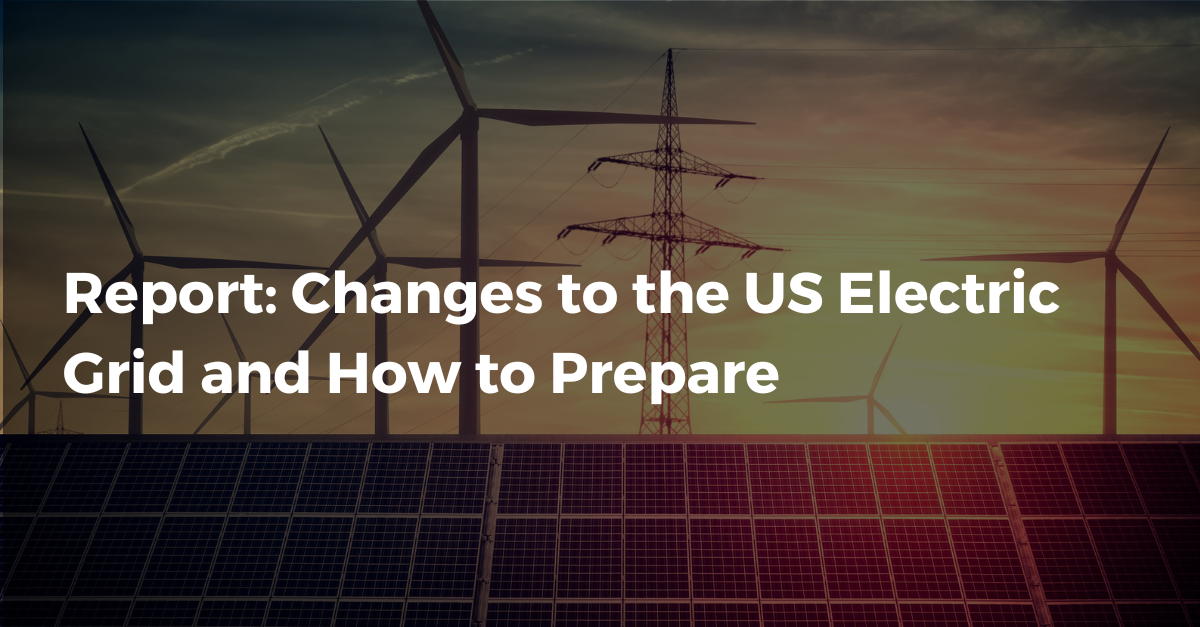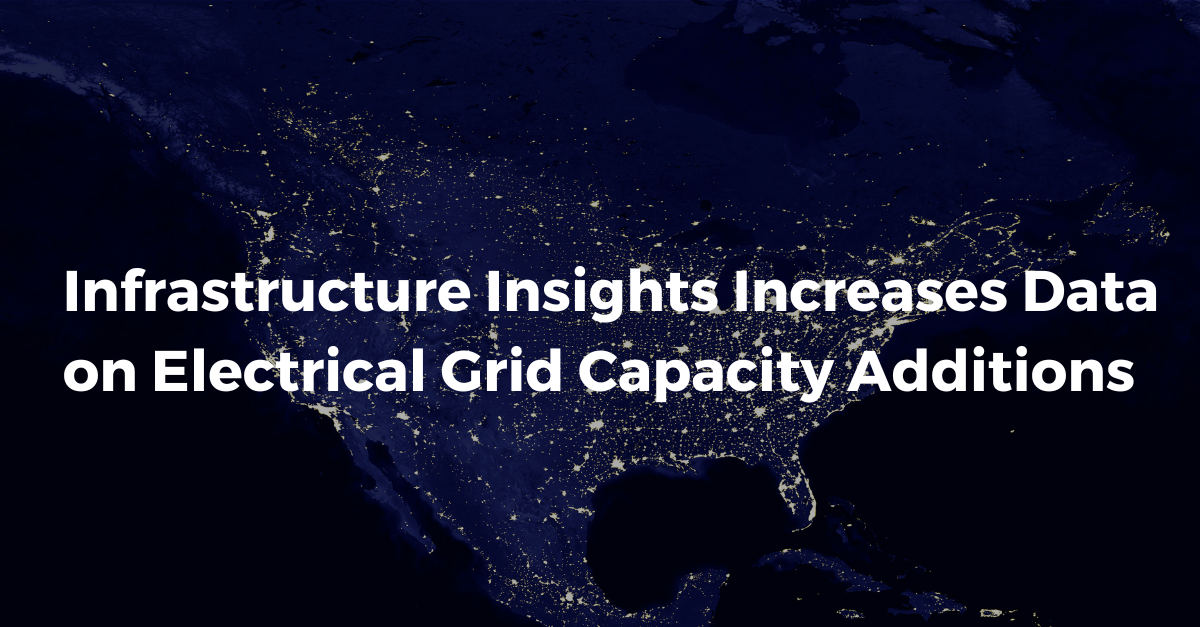ERCOT RTC+B Market Redesign FAQ Part II


ERCOT RTC+B Market Redesign FAQ Part II
Nov 25, 2025
4
min read
Artificial Intelligence in Energy Markets: The Case for AI-Ready Data and Human Expertise


Artificial Intelligence in Energy Markets: The Case for AI-Ready Data and Human Expertise
Nov 17, 2025
6
min read
Report: Changes to the US Electric Grid and How to Prepare


Report: Changes to the US Electric Grid and How to Prepare
Nov 10, 2025
2
min read
Why Batteries Win in ERCOT’s New Market Design


Why Batteries Win in ERCOT’s New Market Design
Nov 07, 2025
6
min read
Infrastructure Insights Increases Data on Electrical Grid Capacity Additions


Infrastructure Insights Increases Data on Electrical Grid Capacity Additions
Oct 31, 2025
4
min read
Historical ERCOT Pricing and Drivers: An Analysis
.png)
.png)
Historical ERCOT Pricing and Drivers: An Analysis
Oct 21, 2025
6
min read
How ISOs and RTOs Are Addressing Large Load Growth in 2025
.png)
.png)
How ISOs and RTOs Are Addressing Large Load Growth in 2025
Oct 15, 2025
12
min read
ERCOT RTC+B Market Redesign FAQ
.png)
.png)
ERCOT RTC+B Market Redesign FAQ
Oct 13, 2025
6
min read
How Do Wind Turbines Work, and Where Are They Located and Coming Online?
.png)
.png)
How Do Wind Turbines Work, and Where Are They Located and Coming Online?
Oct 09, 2025
9
min read
Boost Productivity with a Cloud-Based Power System Modeling Software
.png)
.png)
Boost Productivity with a Cloud-Based Power System Modeling Software
Oct 02, 2025
2
min read



